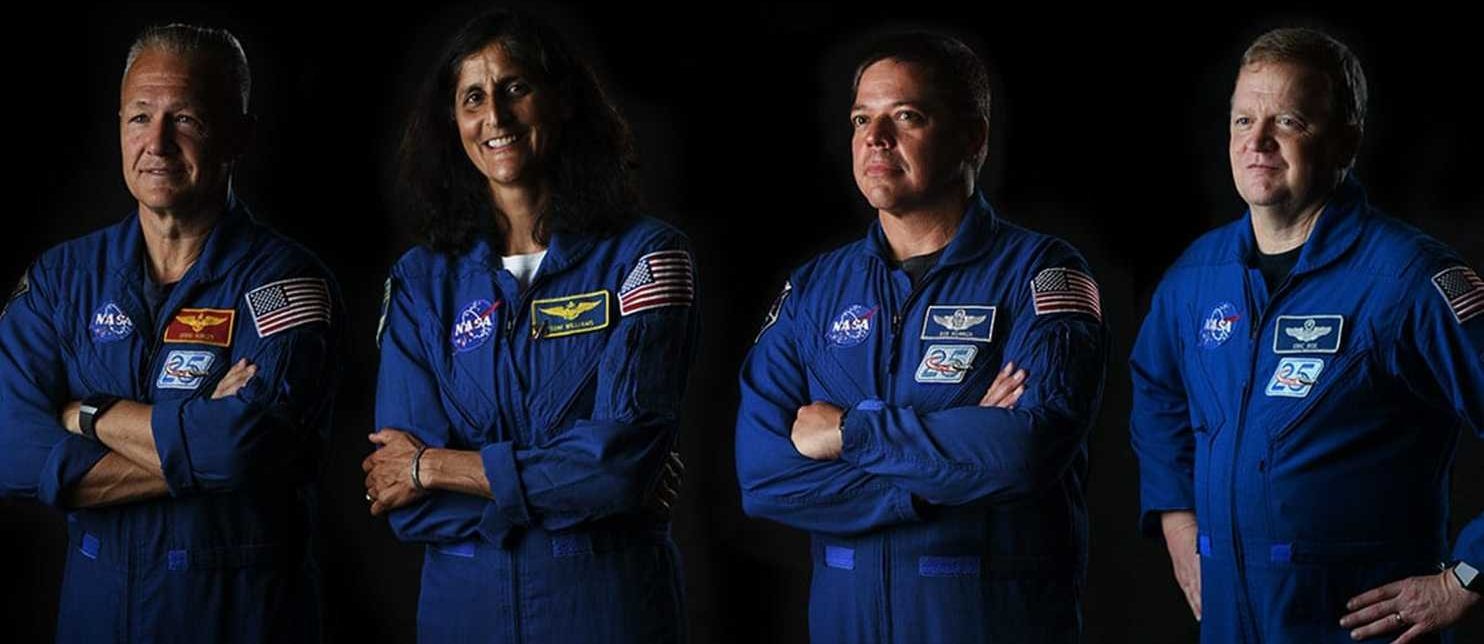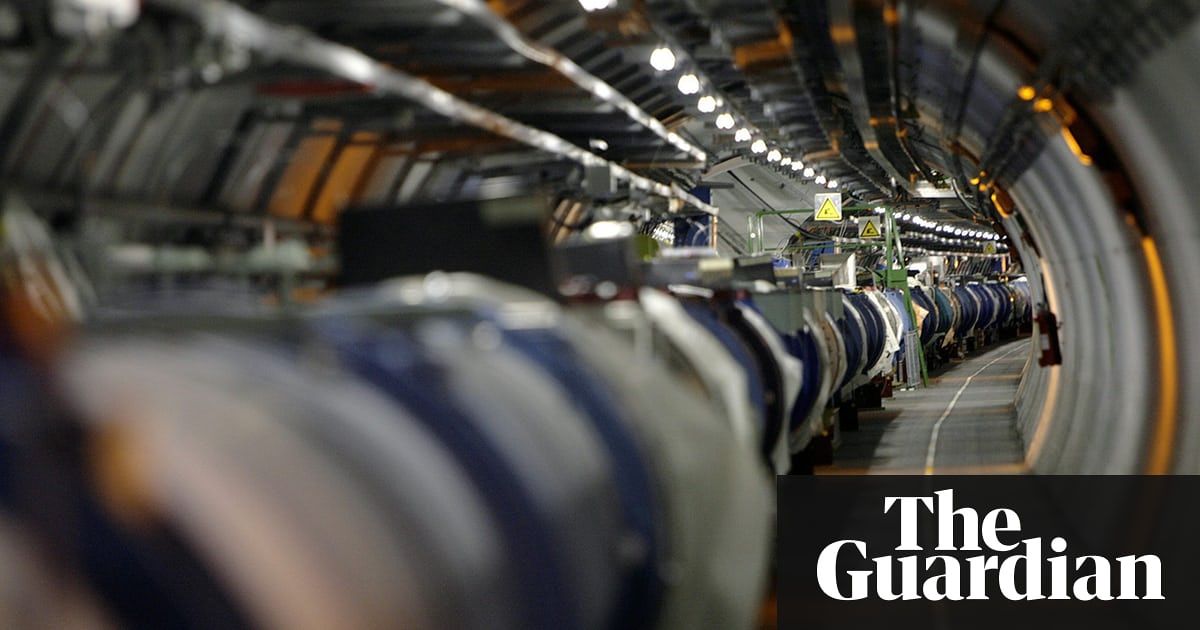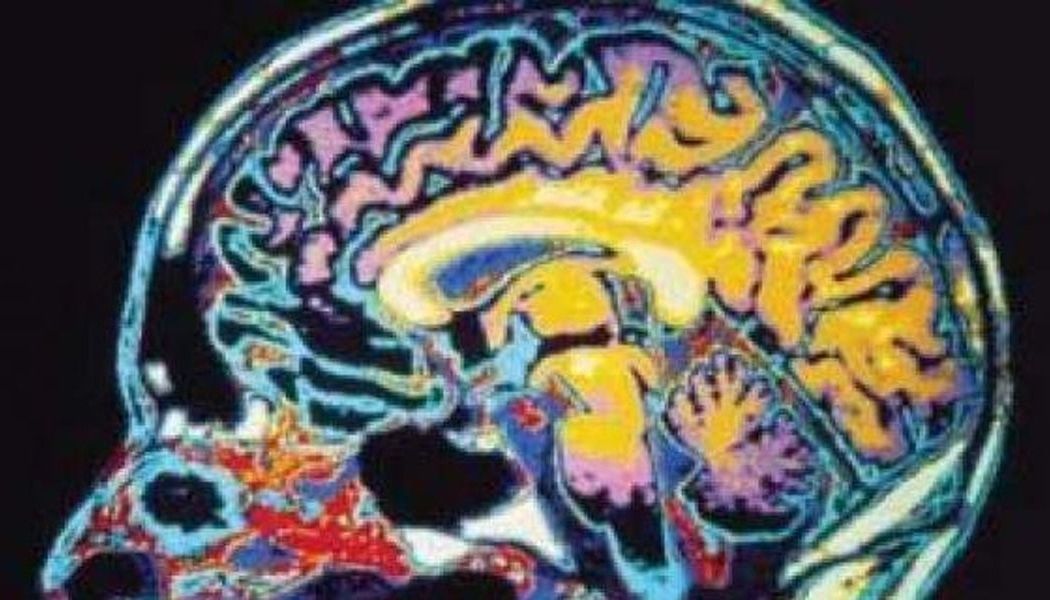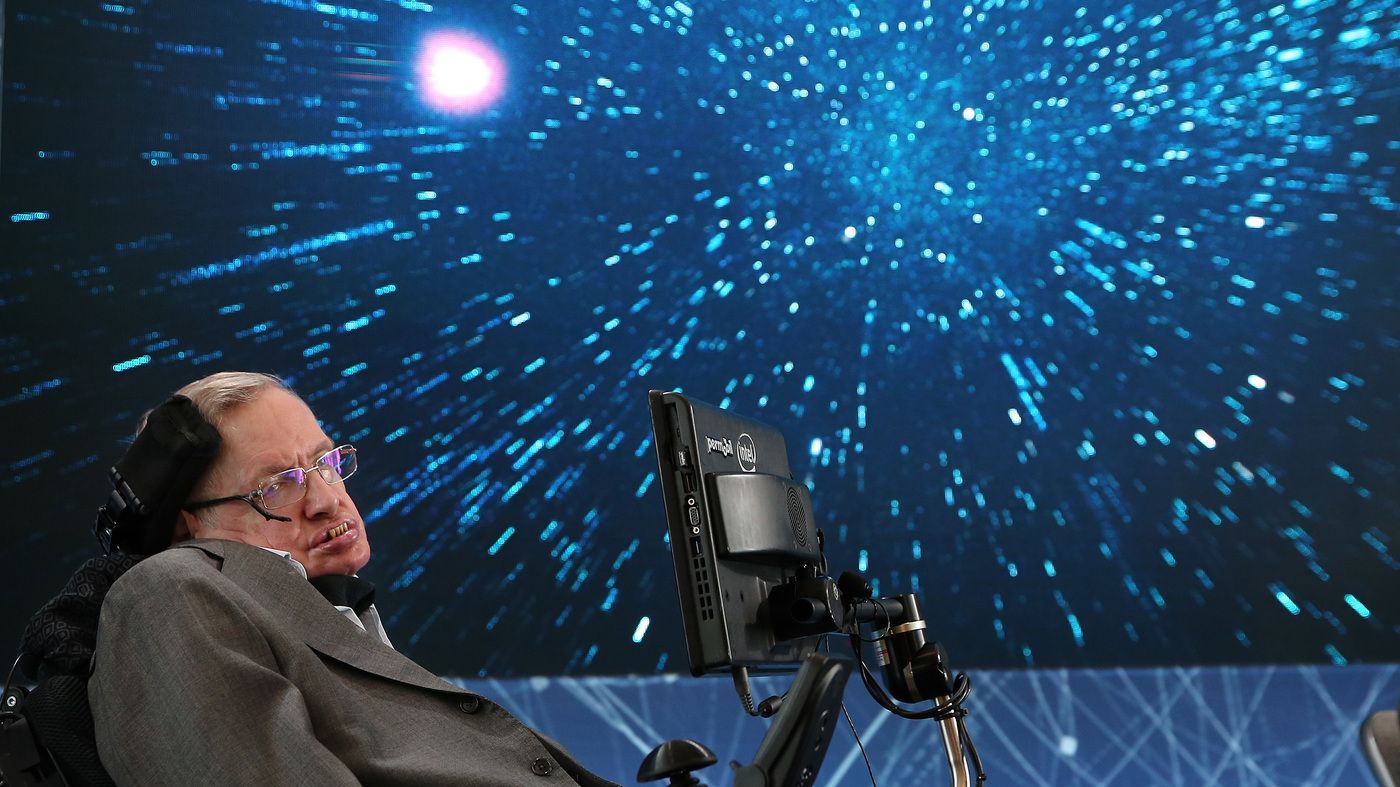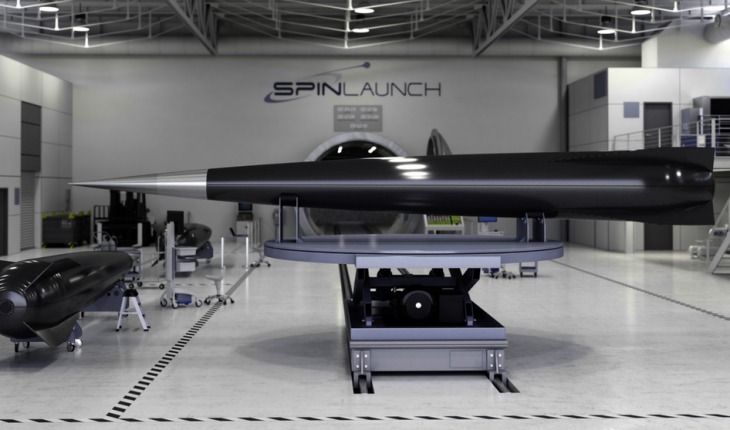Page 9664
Jun 15, 2018
Scientists have found a single cell that can be used to regenerate an entire animal
Posted by Manuel Canovas Lechuga in category: biotech/medical
Some worms that inhabit lakes and rivers are capable of almost limitless regeneration.
Some worms that inhabit lakes and rivers are capable of almost limitless regeneration, and scientists have isolated the cell that allows them to perform their death-defying feats.
The ability of planarian flatworms to regrow severed heads and other body parts has been known for over a century, but new techniques have allowed a research team to discover how they do it.
Jun 15, 2018
When Healthcare ignores Mental Health: 200 common prescription medications increase depression risk
Posted by Alvaro Fernandez in categories: biotech/medical, health, neuroscience
Why is no one talking about this? — “More than one-third of U.S. adults are taking prescription medications that may lead to depression, new research finds. The study, published in the Journal of the American Medical Association, warns that depression is a potential side effect of more than 200 commonly prescribed medications, including beta blockers for blood pressure, birth control pills, antacids, and painkillers.”
___ Many Americans taking common meds that may cause depression, study finds (CBS News): “More than one-third of U.S. adults are taking prescription medications that may lead to depression, new research finds. The study, published in the Journal of the American Medical Association, warns that depression is a potential.
Jun 15, 2018
NASA is about to launch astronauts into space again – and a massive business for big companies
Posted by Michael Lance in categories: business, space
It’s been seven years since astronauts launched into space from U.S. soil.
From idolized to anonymous, what it means to be an American astronaut is changing once more.
Jun 15, 2018
£720m Large Hadron Collider upgrade ‘could upend particle physics’
Posted by Genevieve Klien in category: particle physics
Collider will be far more sensitive to anomalies that could lead to entirely new theories of the universe.
Jun 15, 2018
Smart Robots Are the Secret to Spaceflight’s Future
Posted by Klaus Baldauf in categories: 3D printing, robotics/AI, space travel
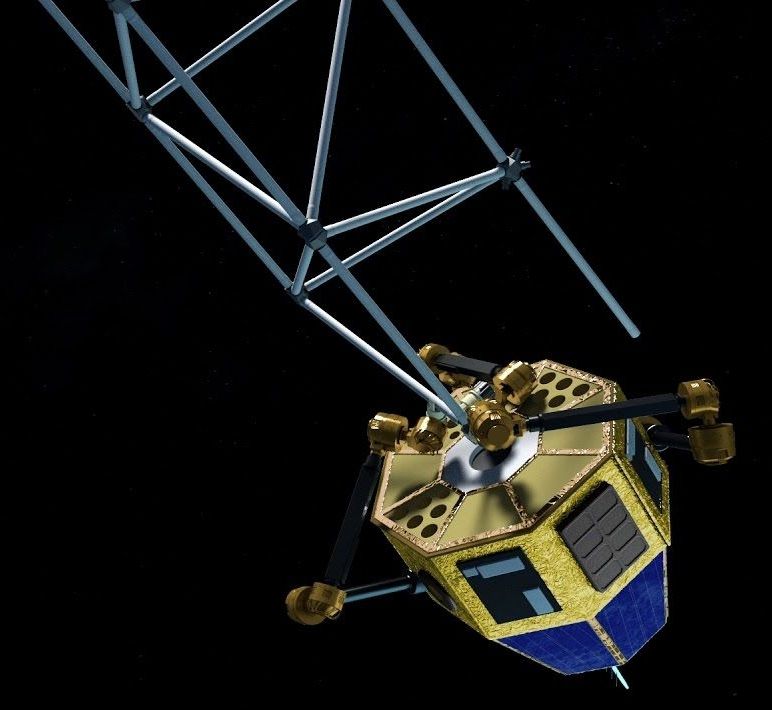
https://youtube.com/watch?v=wvwXgZhrr-s
A spacecraft, spinning in Earth’s orbit, reaches inside itself. One of its four arms pulls out a length of polymer pipe that has been 3D-printed inside the body of the machines. All four of the spacecraft’s arms are securing pieces together as it builds a new space station right there in orbit.
This surreal project, called Archinaut, is the future vision of space manufacturing company Made In Space. The company promises a future of large imaging arrays, kilometer-scale communications tools, and big space stations all built off-planet by smart robots.
Continue reading “Smart Robots Are the Secret to Spaceflight’s Future” »
Jun 15, 2018
Brain Aging Correlates with Aortic Stiffness and Low Fitness
Posted by Nicola Bagalà in categories: biotech/medical, life extension, neuroscience
In case we needed more evidence that staying fit is good for you…
A study to be published in the Journal of Alzheimer’s Disease shows a correlation between low fitness, aortic stiffness, and the cognitive decline typically observed during brain aging [1].
Study abstract
Continue reading “Brain Aging Correlates with Aortic Stiffness and Low Fitness” »
Jun 15, 2018
Traumatic Memory Study Reveals How Our Darkest Fears Can Be Rewritten
Posted by Genevieve Klien in category: neuroscience
Deep-seated fears, like the memory of a death or war-time trauma, can be crippling. They’re also notoriously hard to study and treat, says neuroscientist Ossama Khalaf, Ph.D. But finally, we’re making progress: In a Science paper published Thursday, Khalaf and his team show new evidence suggesting that fearful memories that dwell deep in the brain’s neural circuitry don’t have to be a burden forever. It’s possible, the paper suggests, that they can be rewired.
The paper is rooted in the science of engrams — the idea that memories leave a physical trace in the brain. In this case, Khalaf, a researcher at École Polytechnique Fédérale de Lausanne, and his team traced deep-seated fear memories in rats back to the activity of specific neurons. They found that the way those neurons fire — and thus the fearful memory they encode — can be reprogrammed.
“In our study, we are providing the first experimental evidence that fear memory attenuation is mediated by the re-engagement of the original fear re-writing it towards safety,” Khalaf tells Inverse via email.
Jun 15, 2018
Stephen Hawking’s Voice Will Be Broadcast Into Space
Posted by Genevieve Klien in categories: entertainment, space
Hawking is being interred at Westminster Abbey on Friday, with a thousand members of the public (selected through a lottery system) present for the ceremony. The physicist’s remains will be placed between those of Isaac Newton and Charles Darwin.
His voice will be broadcast into space after the service honoring his life.
Hawking’s words “have been set to an original score by composer Vangelis, most famous for his Chariots of Fire film theme,” the BBC reports.
Continue reading “Stephen Hawking’s Voice Will Be Broadcast Into Space” »
Jun 15, 2018
Spinlaunch has $40 million to fund development to first centrifuge space launch by 2022
Posted by Klaus Baldauf in categories: energy, space
SpinLaunch Inc. has closed a $35 million Series A funding round with a powerhouse syndicate of investors. Investors include Airbus Ventures, GV (formerly Google Ventures), and Kleiner Perkins. This syndicate joins institutional investors including Lauder Partners, ATW Partners, Bolt, and Starlight Ventures to total $40 million. Investment funds will be used to scale the team and technology, through first launch by 2022.
SpinLaunch is revolutionizing access to space by developing a kinetic energy launch system designed to provide the world’s lowest-cost orbital launch service for the rapidly growing small satellite industry. Their environmentally responsible approach is unmatched in the industry. SpinLaunch is currently considering four different states for potential launch sites within the United States.
Spinlaunch use large centrifuges to store energy and will then rapidly transfer that momentum into a catapult to send a payload to space at up to 4,800 kilometers per hour (3,000 mph). If successful, the acceleration architecture is projected to be both lower cost and use much less power, with the price of a single space launch reduced to under US$500,000.



